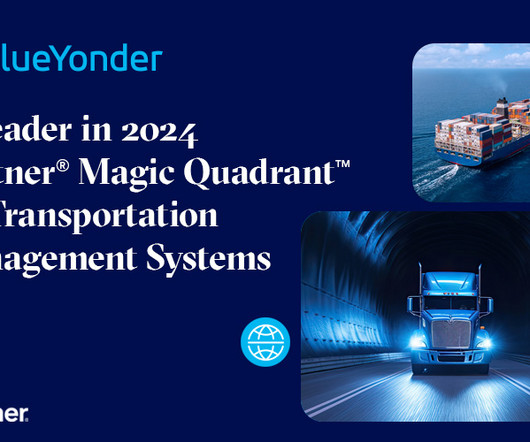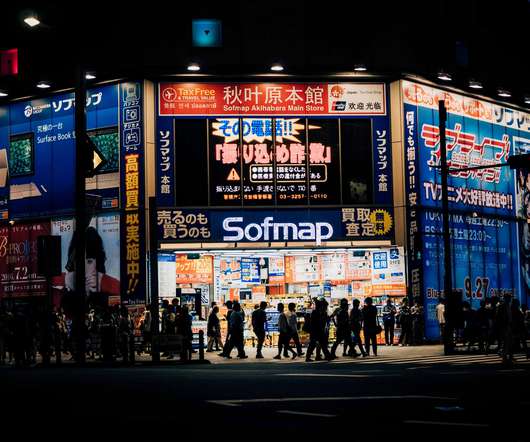Clorox Successfully Implements a Program for Value Chain Segmentation
Supply Chain Shaman
DECEMBER 10, 2018
It was a strategy day in 2006. In 2006, Clorox was adding businesses through acquisition, expanding globally in both existing and new markets, moving into new distribution channels, and adding customers who required different route-to-market models. I remember the first discussion with Mark and Dave. Clorox Company Business Overview.

















































Let's personalize your content